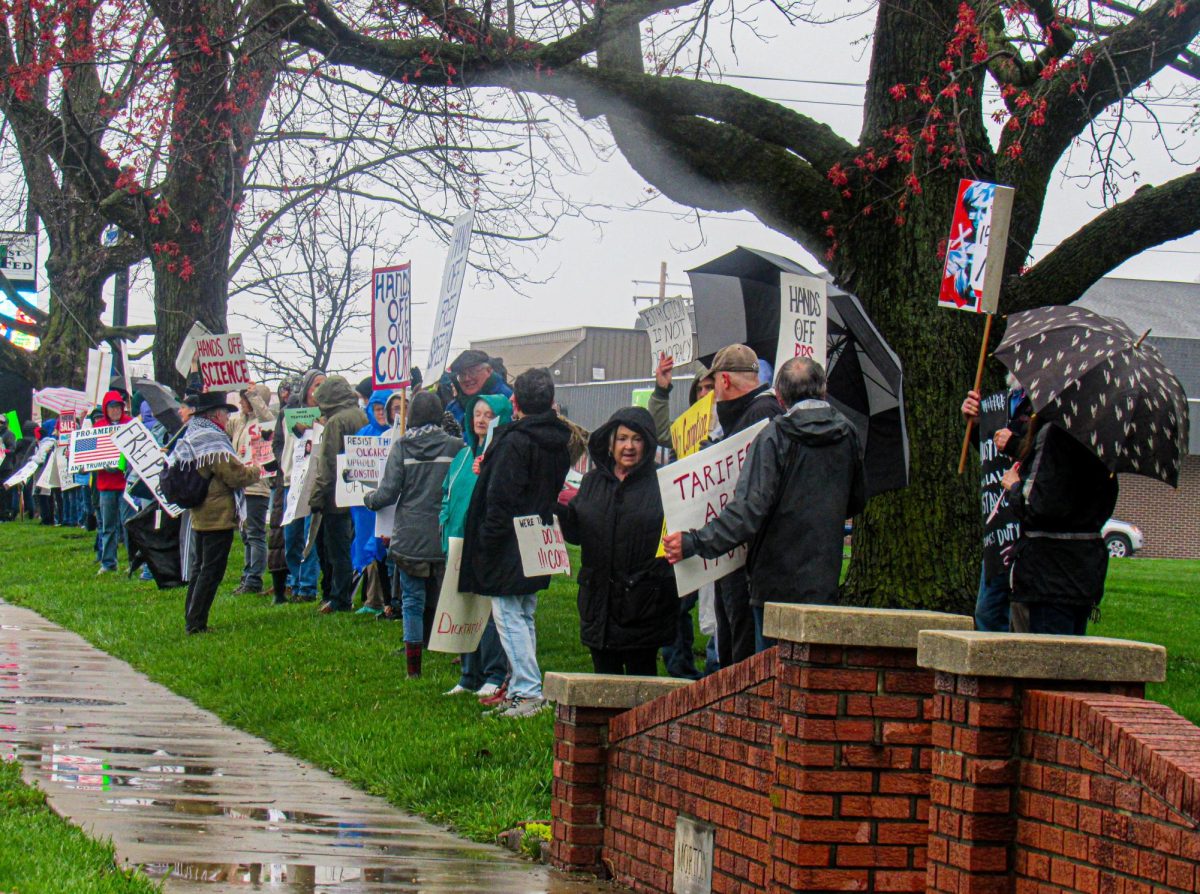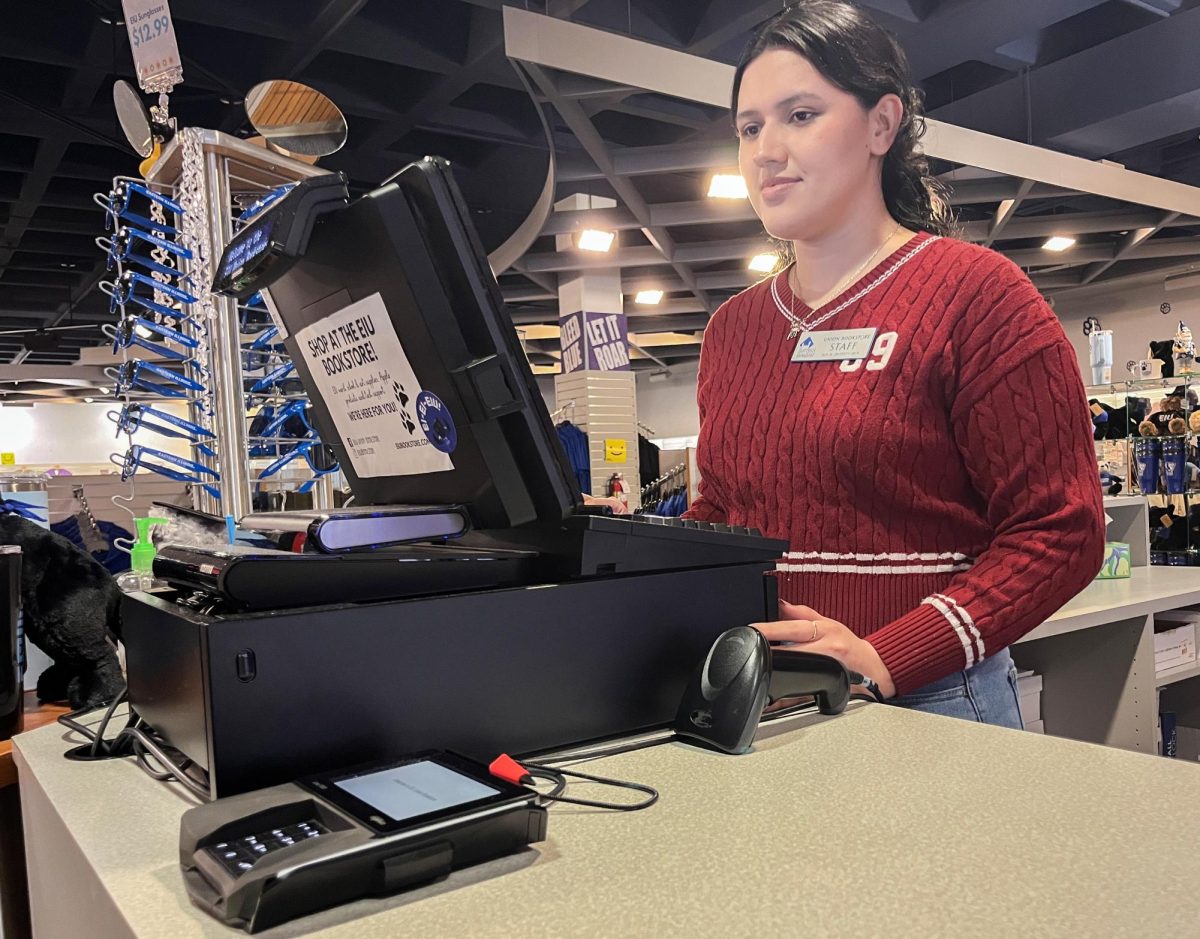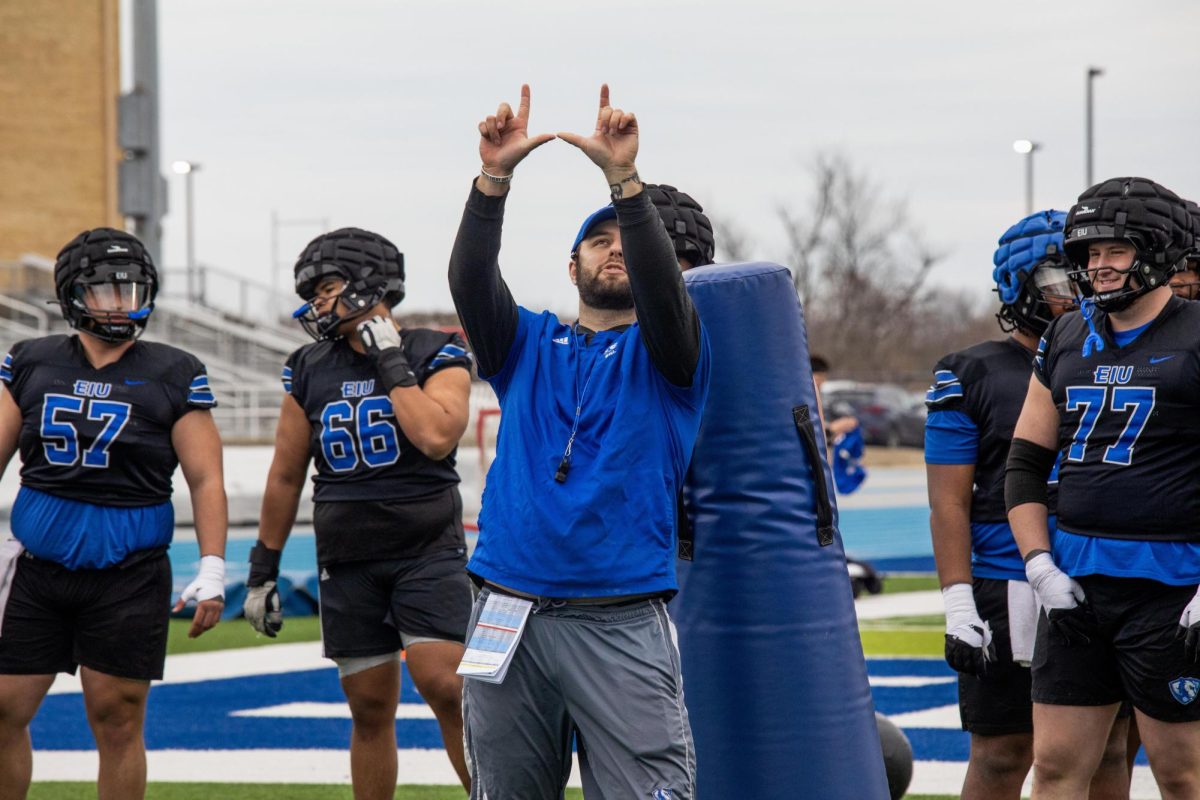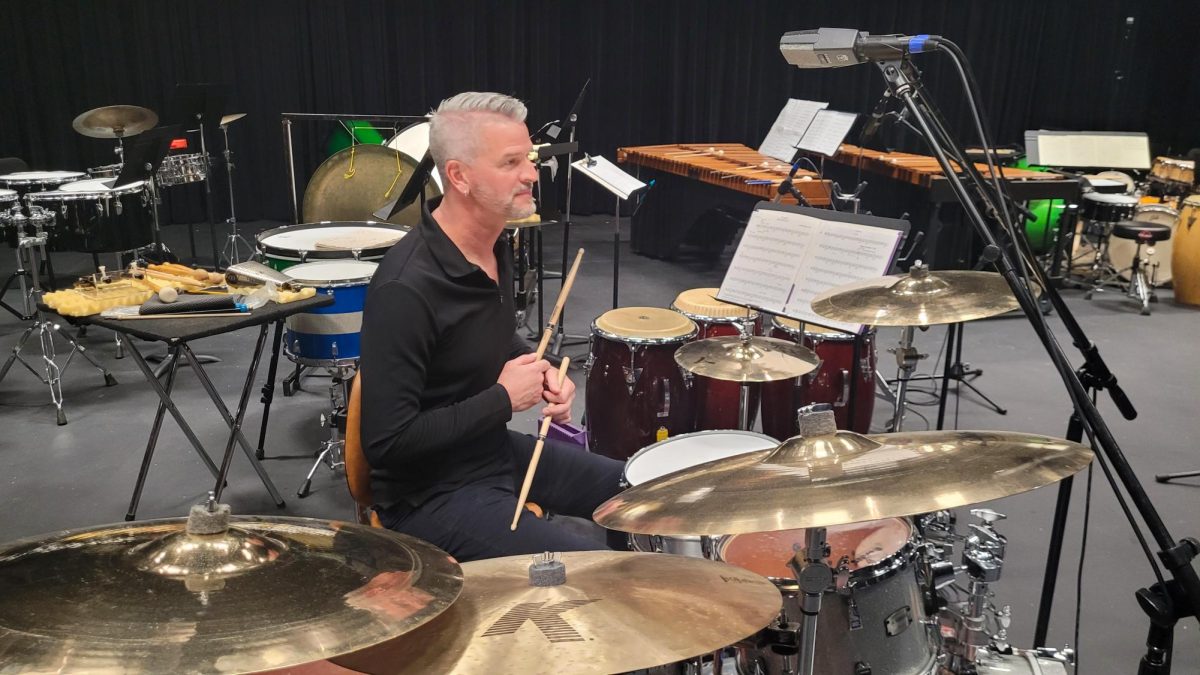Red Cross: Sept. 11 donations being spent properly
As some concerns rise over the American Red Cross’ use of the money donated for the Sept. 11 attacks, the Red Cross replied that there isn’t a problem, said Anita Sego, executive director of the local Red Cross chapter.
Sego said the Red Cross created the Liberty Fund, which is separate from the Red Cross’ general fund, to serve the needs in New York, Washington and Pennsylvania immediately following the events of Sept. 11.
“There was a separate, segregated fund because it was so tragic and so huge,” she said.
She said the public has raised questions recently over where the money in the Liberty Fund is going and how quickly it is going out.
“The money is going to the right place and it’s going out quickly,” she said. “The information isn’t going out as quickly as the money.”
She said she thinks it’s a communication gap and that what is needed is increased education and communication.
“People do have the right to know where the money is going,” she said. “We will share information. Go to redcross.org because it’s all there.”
Over $320 million is committed to support the immediate needs of the victims of the Sept. 11 attack, and of that figure, the Red Cross has spent over $140 million in disaster relief as of Oct. 26, the Web site said.
Sego said the Red Cross is giving out an average of $2 million a day for disaster relief, and donor intent is being honored.
The Web site said, “All money that Americans have donated to the Liberty Fund is being used for its intended purpose: to help everyone across the country touched and impacted by these tragedies.”
The site also provided a breakdown of the amounts spent and the various usages of the money, including the family gift program, international family assistance, armed forces’ services, immediate blood readiness and strategic blood reserve.
Sego said the Red Cross has stopped collecting because enough money has been raised to meet the needs of those affected by the tragedy.
“From the American Red Cross point of view, there isn’t a problem,” Sego said. “The perception is what we need to work on.”






![[THUMBNAIL EDITION] (From left to right) Head football coach Chris Wilkerson works with his son student assistant coach Peyton Wilkerson at football practice at O'Brien Field on the Eastern Illinois University campus on Thursday.](https://www.dailyeasternnews.com/wp-content/uploads/2025/04/FB_25_O-1-e1744234837107-1200x596.jpg)




![[Thumbnail Edition] Charleston High School sophomore Railyn Cox pitches the ball during Charleston's 8-7 win over Flora High School on Monday, March 31.](https://www.dailyeasternnews.com/wp-content/uploads/2025/04/SBHS_01_O-1-e1743982413843-1200x1023.jpg)



![[Thumbnail Edition] Senior Foward Macy McGlone, getsw the ball and gets the point during the first half of the game aginst Western Illinois University,, Eastern Illinois University Lost to Western Illinois University Thursday March 6 20205, 78-75 EIU lost making it the end of their season](https://www.dailyeasternnews.com/wp-content/uploads/2025/03/WBB_OVC_03_O-1-e1743361637111-1200x614.jpg)




















![[Thumbnail Edition] Eastern Illinois softball senior infielder Briana Gonzalez resetting in the batter's box after a pitch at Williams Field during Eastern’s first game against Southeast Missouri State as Eastern split the games as Eastern lost the first game 3-0 and won the second 8-5 on March 28.](https://www.dailyeasternnews.com/wp-content/uploads/2025/04/SBSEMO_11_O-1-e1743993806746-1200x692.jpg)

















![The Weeklings lead guitarist John Merjave [Left] and guitarist Bob Burger [Right] perform "I Am the Walrus" at The Weeklings Beatles Bash concert in the Dvorak Concert Hall on Saturday.](https://www.dailyeasternnews.com/wp-content/uploads/2025/03/WL_01_O-1200x900.jpg)
















